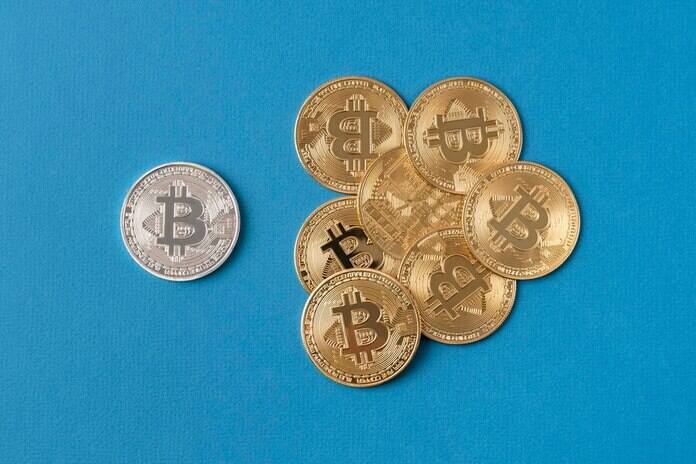This post was originally published on this site

Runes, resembling BRC-20s, emerge as a significant protocol utilizing the Bitcoin network, claiming a substantial 68% share in Bitcoin transactions since the halving. However, Bitcoin miners face diminishing returns amidst this surge.
Similar to BRC-20s, Runes operates by compensating fees in Bitcoin to mint new tokens. Differing from Ordinals’ “inscription” account model, Runes utilizes the Unspent Transaction Output (UTXO) framework to imprint new tokens on the Bitcoin network. This methodology enables users to allocate unique identification numbers to individual satoshis, embedding them with diverse data directly into the Bitcoin blockchain.
Since its inception on April 20th, Runes has processed over 2.38 million transactions, as per data from a Dune Analytics dashboard shared by Crypto Koryo, a blockchain research firm. Pitted against Ordinary peer-to-peer Bitcoin transactions, BRC-20s, and Ordinals, Runes accounts for a significant portion of the total Bitcoin transaction volume.
On April 23rd, Runes witnessed its peak transaction volume, exceeding 750,000 transactions. However, the subsequent day witnessed a notable decline, with transactions dwindling to 312,000.
Much of the initial fervor stemmed from the halving event at block 840,000, where users vied for prime digital real estate in Bitcoin’s history, utilizing the Runes protocol to imprint “rare satoshis” on the block. Consequently, Runes contributed over $2.4 million in miner fees, constituting over 70% of the total fees on halving day.
Amidst declining mining rewards post-halving, from 6.25 BTC to 3.125 BTC, Runes Protocol was initially touted as a lifeline for struggling miners, offering a new avenue for income. Pseudonymous Ordinals developer Leonidas stated, “Runes degens have single-handedly offset the drop in miner rewards from the halving.” However, the sustainability of this assertion has been questioned, given the fluctuating daily total fees post-halving, ranging between 33% and 69%.
Community sentiment remains divided regarding whether Runes can provide a stable revenue stream for Bitcoin miners. Notably, the Bitcoin Miners’ Position Index (MPI) fluctuated between -1 to -0.15 post-halving, suggesting no significant movement in miners’ Bitcoin holdings and indicating no imminent sell-off.
While Runes may face challenges in sustaining its momentum, recent groundbreaking developments offer potential alternative revenue streams to mitigate the impact of the halving on miners.
Featured Image: Freepik





